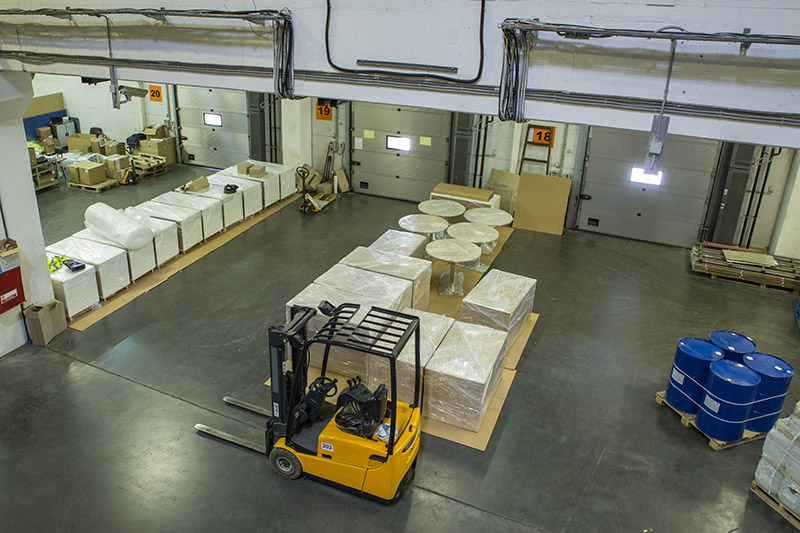Profiling – How to Design the “Ideal” Warehouse
Profiling is a method used to analyze the behavior of ITEMS, ORDERS, and CUSTOMERS, applying this analysis to optimize the layout, storage selection, and slotting strategies. Unfortunately, in nearly 95% of distribution centers (DCs), we often do the reverse. We’re given a building with its own set of constraints and asked to “make the best of it.” However, using “Profiling” can help design the most efficient operation, both for immediate needs and future scalability.
Profiling Question 1
If you had just 1 SKU with 20 pallets in the entire warehouse, where would you slot that product? (Hint: it’s a trick question.)
Answer: I wouldn’t slot it at all. I’d unload the inbound trailer and keep all 20 pallets right by the dock. I would process customer orders directly in the dock area and load the outbound trailer from there. This minimizes travel time and keeps the rest of the warehouse free and clear.
Profiling Question 2
What if you had 1,000 SKUs with just 1 pallet per SKU? Where would you slot them? (Yes, another trick question!)
Answer: The same principle applies—ideally, you would keep everything near the dock, but practically, only certain SKUs can be placed close to the dock. The rest need to be relocated further inside the warehouse. Deciding which SKUs stay near the dock is the essence of ‘Profiling.’
You might recognize that the exaggerated answer—keeping everything in the dock area—is similar to the process used by large retailers like Target and Walmart, known as ‘flow-thru.’ In these cases, the DC acts more like a sorting station rather than a storage facility.
What is Profiling?
Profiling is the process of determining the optimal configuration for a DC’s layout and product slotting, based on:
1. Popularity of the items
2. Item characteristics
3. Customer order patterns, including:
- Quantity
- Frequency
- SKU variety (spread of items in each order)
